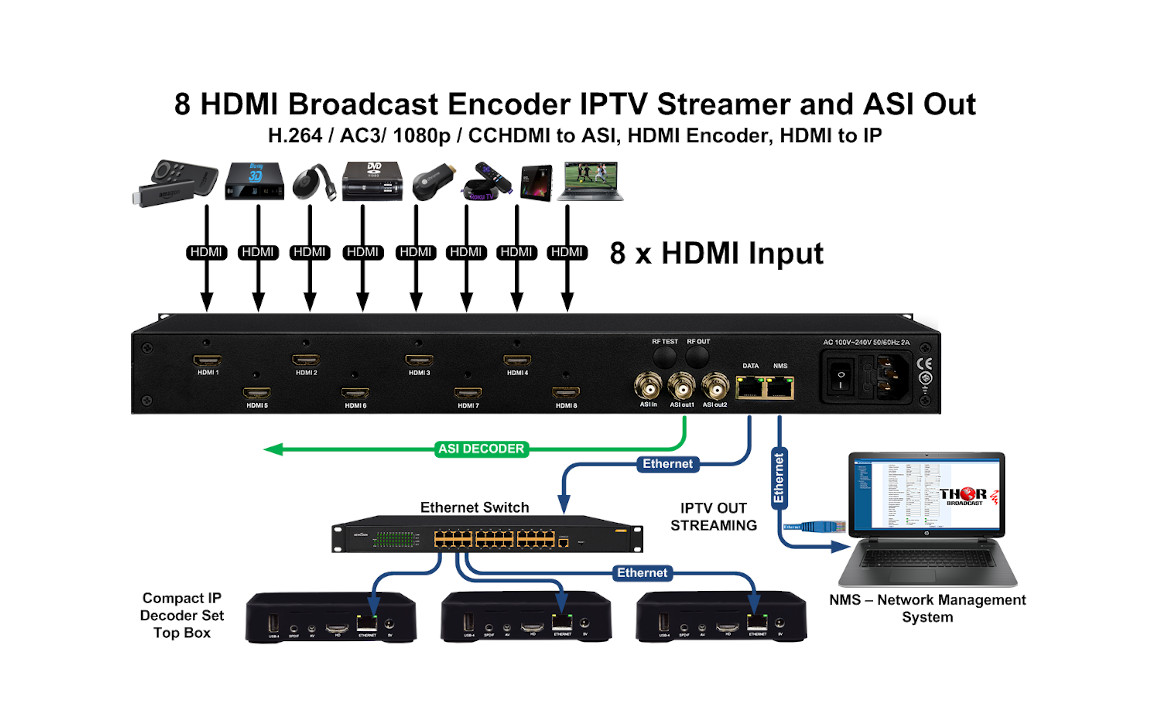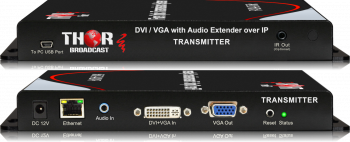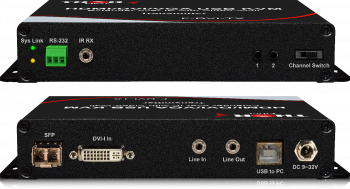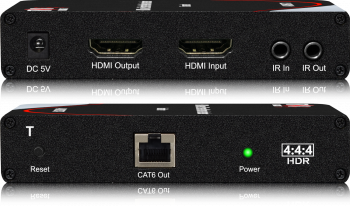
Broadcast has been expanding since the evolution of Netflix went from DVD via carrier mail to OTT network distribution. This transition heralded a whole new way for everyone to view their TV programming and internet content directly on their television without a computer or need for cable television. Soon thereafter a whole new era of hardware, apps, and programming has been launched into the homes of billions across the globe. AppleTV quickly became a home staple alongside ROKU, chromecast, and other hardware options like the firestick; soon enough they started adding these options directly on televisions we now call SmartTV’s. This interconnected network of devices in your home elaborated into smart homes alongside the “internet of things” or IOT which has now dominated home remodels to include voice activation assistants like Alexa, Siri, and Google. Today we stream directly to our phones, IPAD’s, televisions, and other hardware through OTT programming. OTT programming stemmed from the use of IPTV encoders, IPTV Gateways, and IP Video Servers.
Impact of H264 and IP Encoding on Streaming Quality
The collective aggregate of all this hardware was accelerated through the use of IPTV encoding in H264 which allowed broadcast companies and streamers alike to prepare OTT options to their clientele. The bigger emphasis here first lies in H264 which lowered the bandwidth needed dramatically to view HD video in realtime without needing to download the entire video first. Alongside these IP encoders we also had an explosion in fiber optic lines being installed countrywide here in America, simultaneously across the world, at which point Voice over IP, Video over IP, and the communal data over IP globally sparked a mass exodus from traditional Coaxial lines that dominated infrastructure the last century. Cat6 quickly became the networking choice of everyone and installed everywhere, soon thereafter with 5G we had wifi capable of wireless streaming. This short history galvanized broadcast media never seen prior since the internet boom of the 1990’s, and the invention of television earlier the 20th century. Now IPTV encoders are quickly streaming live events and broadcast television channels across massive date networks that everyone is connected to.
Challenges in Video Formats and Encoders for Live Events
Live events like sports and racing all generally use PRO-DVB cameras which use a signal called SDI. Today there are SD/HD/3G/6G/12G cameras that capture events that need to connected to encoders in both legacy format and digital format. However when using SDI or HDMI encoders, depending on the brand, the quality, the inputs, the speed of the encoding chip, you will find many options and advantages and disadvantages. For example a lot clientele purchase TV’s first without thinking if it’s better to run RF Modulated signals like QAM/ATSC or send IPTV (UDP, RTP, RTPS, HTTPS, HLS, etc) and whether they will encode in MPEG2 or H264. Clients who do not prepare appropriately might end up spending much more money on headend equipment then first allocated because perhaps they were planning on H264 IPTV encoders, however if the TVs are only MPEG2 (North American Standard) then the televisions won’t see the IP traffic which means they need MPEG2 encoders which are vastly more expensive. Some people don’t realize the encoding format and the video standard are different things.
Considerations for RF Modulation vs. IPTV Encoding
Also if you’re doing live events, then RF modulated signals are always going to be faster the IPTV signals just based on complexity of the steps involved and equipment involved. IPTV encoders process high data into very low data which takes time to encapsulate into IP packets, so even the fastest encoders and usually slower than RF modulators. Furthermore, IPTV encoded signals then traverse the CAT6 cabling into switches that handle all the traffic, so high density zones like a Caesars Palace with five thousand rooms, plus gambling halls, sports books, bars and restaurants all need bandwidth allocated for those streams. On top of that if you don’t have a hospitality television or similar, then you’ll need an IPTV decoder box to take those UDP or RTP signals and decode them to HDMI which then goes into the television. Most TV’s won’t be able to take a CAT6 cable directly and decode your signal, you have to look at the specific functionality of them, much newer televisions coming into the market place can handle H264 and MPEG2. However legacy TV sets and some new TV’s that are inexpensive might not have H264 or IP decoding built in. These are all things that are necessary to look at to ensure proper functionality of your end to end IPTV encoding and Television decoding.
Challenges in Legacy Systems and IPTV Integration
The example of IPTV encoders in a legacy stadium might be a complete waste of money if you already have coaxial cable running to all the televisions. If you have to rewire for Cat6 and then also require an IPTV STB at each television, it will be a very costly endeavor to handle all of those things in makeover. In order to ensure you have the proper setup and distribution in any environment you want to be clear on which direction you want to go in and research all the parts that will be needed for an end to end solution. Similar issues arise when customers purchase IP security cameras and then wish to view them on a television, it’s not always straight forward. The more devices you add into your solution, the more of a chance there can be a delay and issues revolving and particular pain point. Sometimes the newest technology isn’t the best for an architecture that requires minimal supervision, as the most expensive equipment might have a higher rate of troubleshooting with all the bells and whistles.
Importance of Testing for IPTV System Compatibility
Paying attention to each piece of equipment in your infrastructure is key because you probably won’t be able to get everything from the same manufacturer so you want to make sure everything will work in harmony. This is why testing and proof of concept is so important. If you have an IPTV encoder, a switch, a set top box, and a television you might want to test it on one television first before insisting you send that signal to one thousand televisions in a stadium. If there’s a delay in your office while testing, you can safely assume that delay might ground in a significantly larger design.
IPTV Video Encoders for sale from Thor Broadcast
Browse our wide selection of the best IPTV Video Encoders with free delivery:

 ES
ES







 DVI or VGA over IP
DVI or VGA over IP  HDMI/DVI/VGA USB KVM Extender over IP with Video-Wall
HDMI/DVI/VGA USB KVM Extender over IP with Video-Wall  4 or 8 HDMI Inputs H264 Network Encoder UDP(Unicast/Multicast), RTSP, RTMP, HTTP, HLS
4 or 8 HDMI Inputs H264 Network Encoder UDP(Unicast/Multicast), RTSP, RTMP, HTTP, HLS  Uncompressed 4K HDMI and IR over LAN Extender
Uncompressed 4K HDMI and IR over LAN Extender